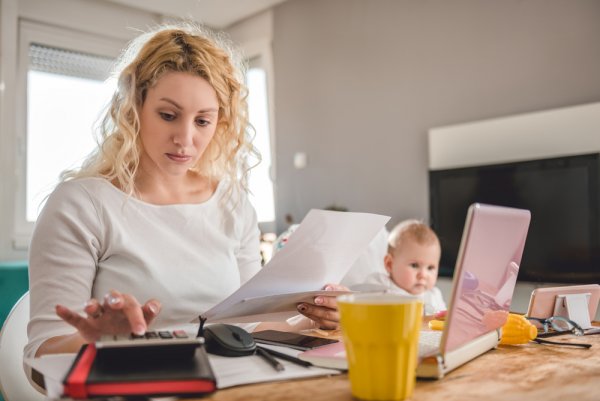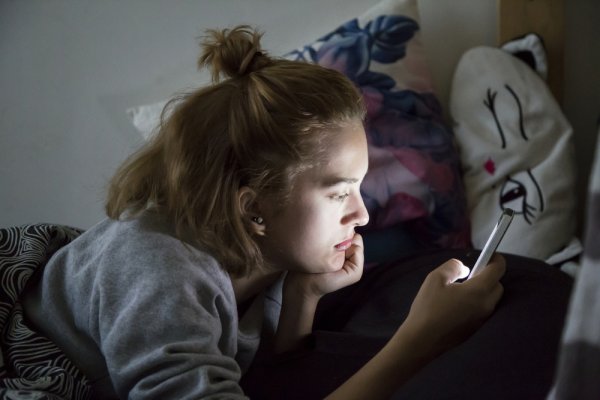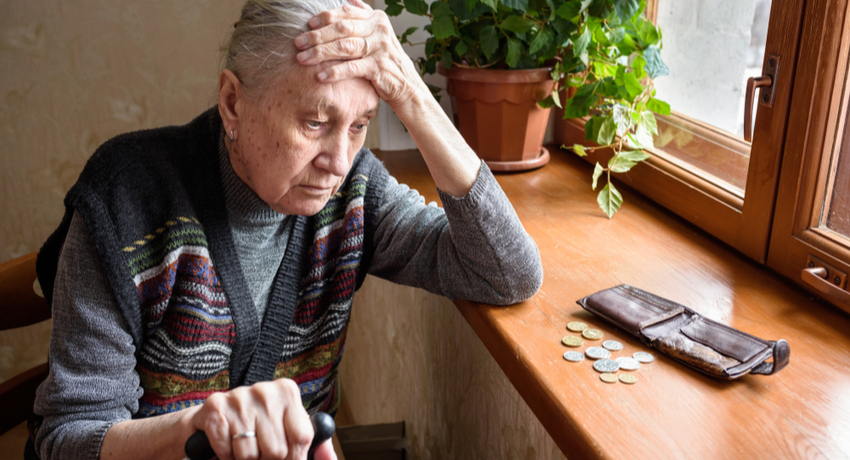In Australia, energy prices are rising and energy poverty is increasing. This is likely to continue, with negative impacts for poor and socially-marginalised Australians.
At the same time, there is a growing global understanding that energy poverty is gendered in that it disproportionally impacts women. Yet at present there is little gender analysis of energy poverty to inform policy, and not enough data to fully understand the issue.
The Australian Time Use Survey is being reinstated for the first time since 2006, and may go some way to addressing this problem. But it will only shed light on energy poverty if it collects the right kind of information.
Gendering Australian energy poverty
Energy poverty is defined as inadequate access to household energy services such as lighting, heating and cooking, and can be a result of a lack of physical access or unaffordable prices. It is influenced by factors including income, the energy efficiency and type of tenure of the house you live in, and the number of people in a home.
While current analysis shows that low-income and unemployed families and older Australians are more likely to experience energy poverty than other social groups, there is no gender analysis of energy poverty in Australia.
Nonetheless, a cursory look at household data disaggregated by the gender of the household head shows that women are likely to experience more severe energy poverty within these particularly vulnerable groups.
Low-income families are particularly likely to be energy poor due to a range of factors, including the higher likelihood of renting energy inefficient housing, and a greater number of people staying at home during the day. The more children – who are financially dependent and use energy less carefully – in a household, the higher the likelihood of energy-related financial hardship.
Single parent families are even more likely to experience these stresses. Almost twice as many unemployed families are lone parent families than couple families, and a greater percentage of single mothers are unemployed than single fathers (43% vs 32% respectively). According to data from the ABS, of all families with dependents, 19.1% are lone-parented, and 83% of lone parents are single mothers. Therefore single mothers on Newstart, which is broadly considered to be insufficient for basic living, are likely to struggle more to meet the energy bills of their families.

Older Australians and single older women
Australians aged 65 and over have also been shown to be vulnerable to energy poverty. Older Australians are more likely to report being unable to heat their homes, or spend more than 10% of their disposable income on energy. They may also have a greater need of energy and heating than other groups due to health conditions, and are likely to spend most of the day at home with the associated increase in energy consumption.
Again, single older women are more likely to experience factors that make them more energy vulnerable. Older women are less likely than men to own their homes, and therefore have the added financial burden of rent. Single older women are also less likely to have superannuation than men, and many older women are reliant on the government pension.
Single mothers and older single women are more vulnerable to energy poverty as a result of gendered norms around work, parenting and care work
Both demographics – single mothers and older single women – are more vulnerable to energy poverty as a result of gendered norms around work, parenting and care work. In Australia, women undertake more unpaid care and domestic work, and are less likely to be the main income earner in a household. In 2014, women were 3% less likely to be employed if they had a child under 14 in comparison with the OECD average, ranking after Romania, the United States and New Zealand. Moreover, there is a persistent gender pay gap in Australia, all of which result in a superannuation and asset gap later in life.
But while it is fair to suggest that single women are more vulnerable to energy poverty than single men or coupled households, at the moment there is little data to tell us about energy poverty within a household itself. As such, it’s difficult to know if the impacts of energy poverty are spread evenly across household members.
The reinstatement of the Time Use Survey can change this, and provide comprehensive data for energy poverty policy interventions.
Time use and energy research
Time Use Surveys accurately record the amount of time individuals spend on different daily activities, through tools including Time Use Diaries, which also record the use of specific appliances. Feminist advocates have often recommended them to accurately measure the gendered nature of unpaid care work. Time Use Surveys can also be used to measure energy consumption practices and use, but only if they capture data on the energy-consuming appliances.
In Sweden, researchers have used time use diaries to provide gender-disaggregated household data on daily activities, measured against energy consumption. Following this approach, data can be analysed at both a household and aggregate level to provide information on individuals’, households’ and communities’ energy consumption across daily activities. Even if it’s not measured against energy consumption levels, collecting data on appliances used during daily activities gives an insight into the levels of energy consumption by different individuals.
Energy consumption and Time Use Diaries would give a clear picture of how energy use is divided between activities, and also between individuals of different genders and ages
Collecting this data has important implications for understanding energy poverty. Firstly, energy consumption and Time Use Diaries would give a clear picture of how energy use is divided between activities, and also between individuals of different genders and ages. Such analysis can be utilised to design more effective and targeted retrofitting and behaviour change policy interventions.
Secondly, Australian households in which a person spends most or a substantial part of the day at home are more likely to be energy poor because of their greater consumption. Moreover, approximately 4% of Australian low-income households use above average amounts of electricity. Where energy costs are restrictive on a household’s consumption, time use data could demonstrate how energy consumption may be overused by different individuals within such homes.
We also need to understand how households or individuals restrict their energy use in order to pay bills. Recording the use of appliances such as heaters would generate insights on whether women at home during the day may reduce their use of heating, even as children use energy intensive entertainment appliances at night.

In addition, it would show how different household members are adapting, or failing to adapt to increasing energy prices. Combined with other methods such as interviews to examine how energy activities are implicated in interpersonal household dynamics, a more comprehensive picture of how energy poverty affects individuals may arise.
Finally, the data would generate new knowledge on energy consumption and vulnerabilities within same-gender couple households, thus enabling a more nuanced analysis of the way in which energy is embedded in gendered norms, roles and inequalities.
There is a gendered face to energy poverty in Australia, but we need more data to understand how these dynamics are managed and experienced. Time Use Diaries can be crucial for understanding gender in relation to energy poverty, which means the reinstatement of the Australian Time Use Survey is welcome and timely. But to help explain energy poverty, Time Use Diaries should be used to collect data on the use of energy consuming appliances, as well as daily activities.




